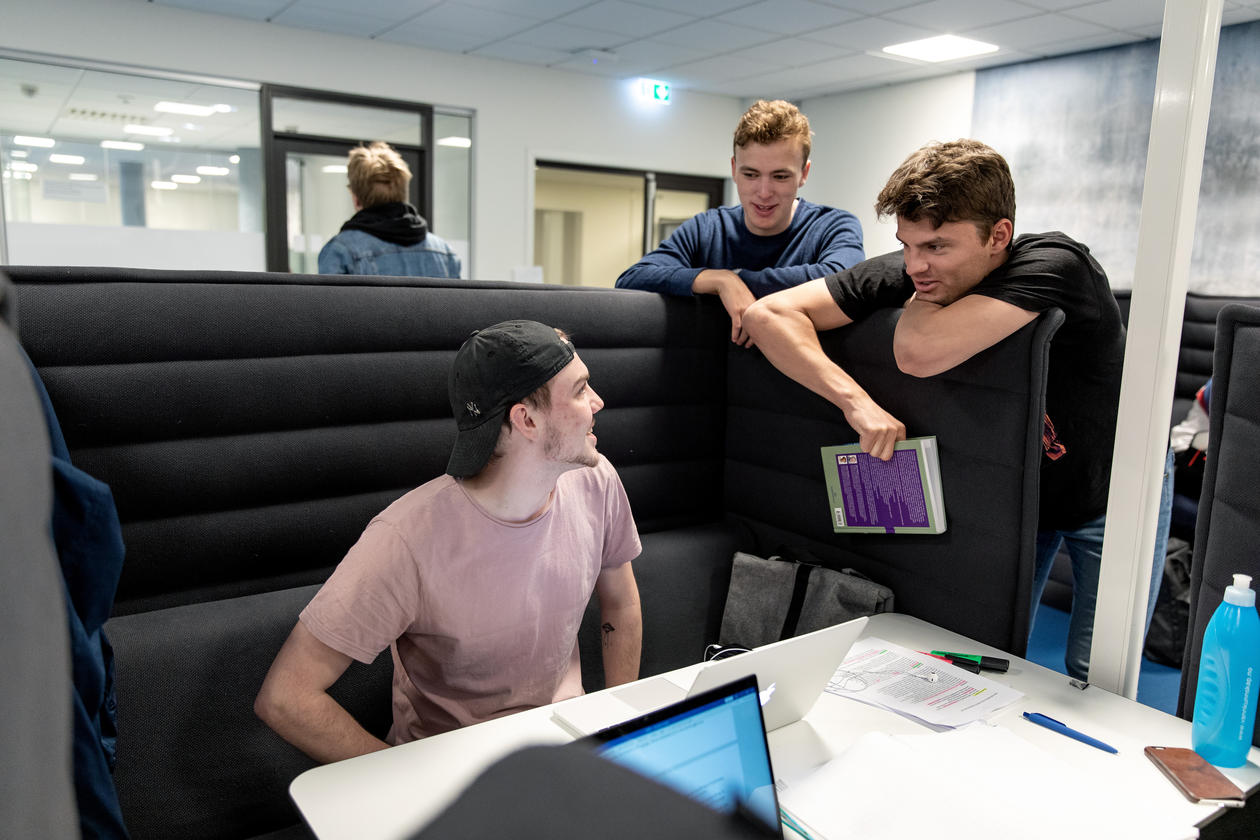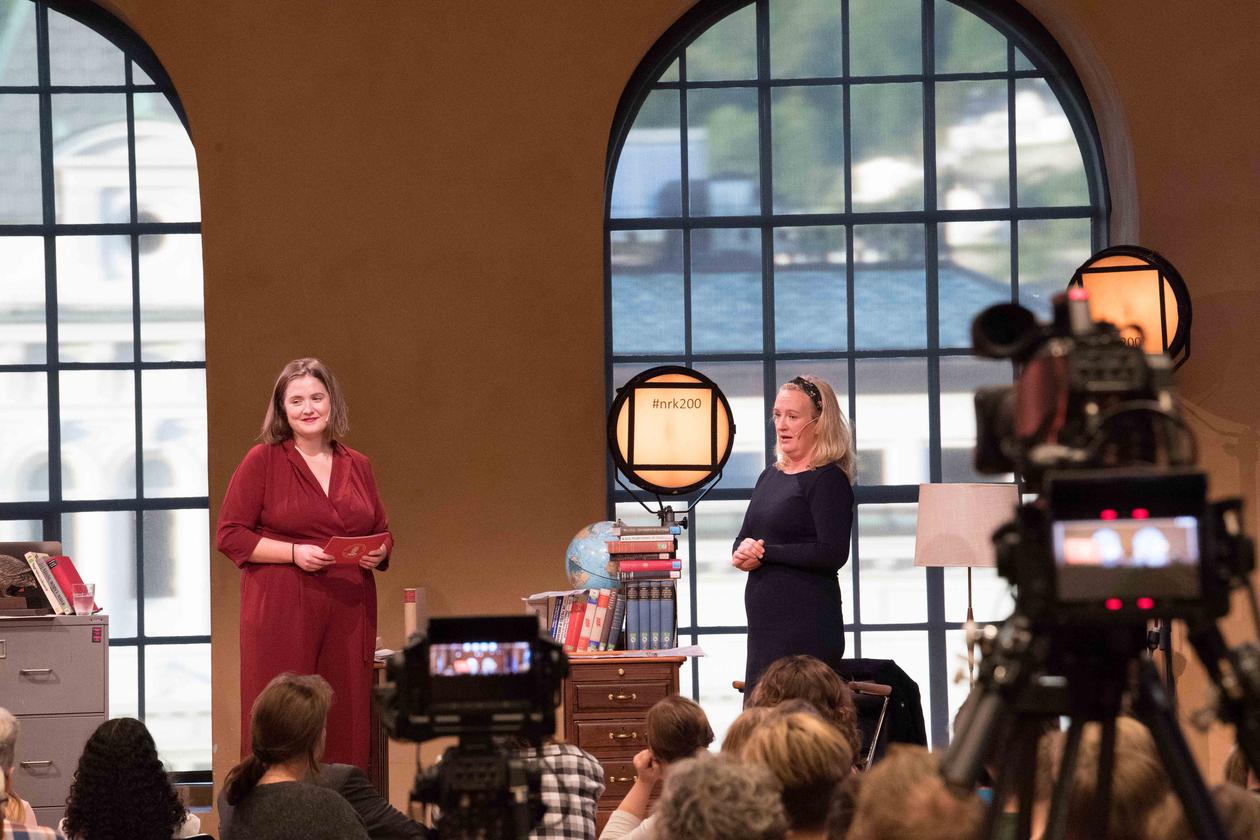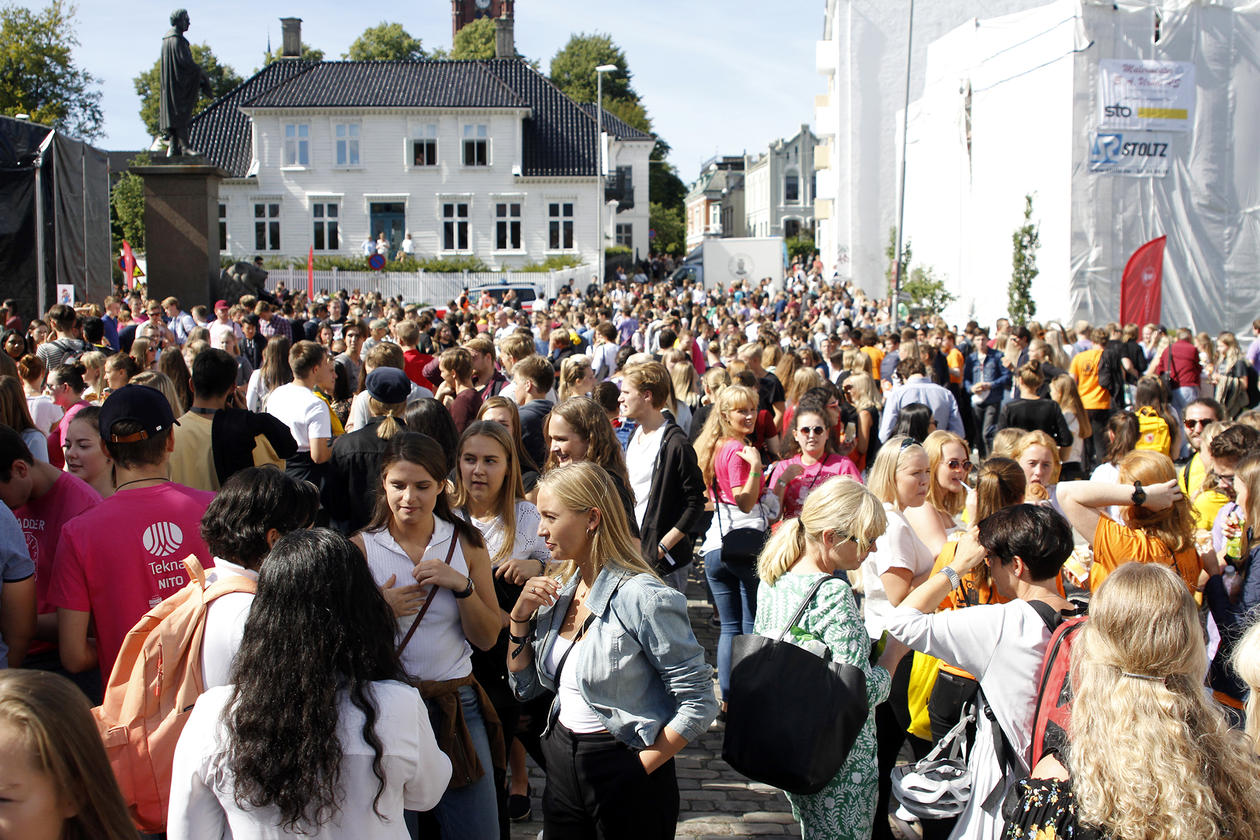Consent for use of photos
When publishing or sharing photos or video where people are the subject, you must comply with the Personal Data Act.

Main content
The rule of thumb is that consent should be obtained from everyone who is subject to photography, video recording and audio recording. It is sufficient if consent is given orally, a form is no longer a requirement.
Photos that require consent
These are photos where the individuals are the main subject. If you are publishing such photos online or sharing them with others, you must have the consent of those pictured before publishing the photo. This also applies to illustrations where “models” illustrate an actual situation (study situations, teaching environment, etc.).
Each person has the rigth to withdraw consent at any moment, even after the picture has been published.
Photos that do not require consent
There are some exceptions to written consent. For example, photos may be taken and published without the consent of the pictured individuals as long as the photos are not offensive to those who are pictured. These are photos such as:
- Those that have topical and general interest
- Those where the situation or activity is the real subject of the photo.
- Those where the person who appears in the photo is less important than the main content of the photo.
Examples of such photos may be a group of people at a concert, an event or an occurrence of general interest. Persons who are a part of the event (entertainers, speakers, etc.), may be photographed without their explicit consent.
The boundary between what constitutes a situational photo and what constitutes a portrait is often a matter of definition. You should therefore always obtain consent if you are in doubt.
Request for protection
For various reasons, some individuals need or want to be protected from being photographed during events that are considered to be exceptions.
With regard to photos from events that are exempt from the rules of consent, UiB takes the approach of informing as far as possible that photos will be taken at the event. If you do not wish to be photgraphed or recorded then the photographer needs to be informed directly and clearly.
Contact
- For questions related to GDPR and consent, contact UiB’s privacy ombud E-mail: personvernombud@uib.no
- For other questions - contact the Communications Department E-mail: post@ka.uib.no



